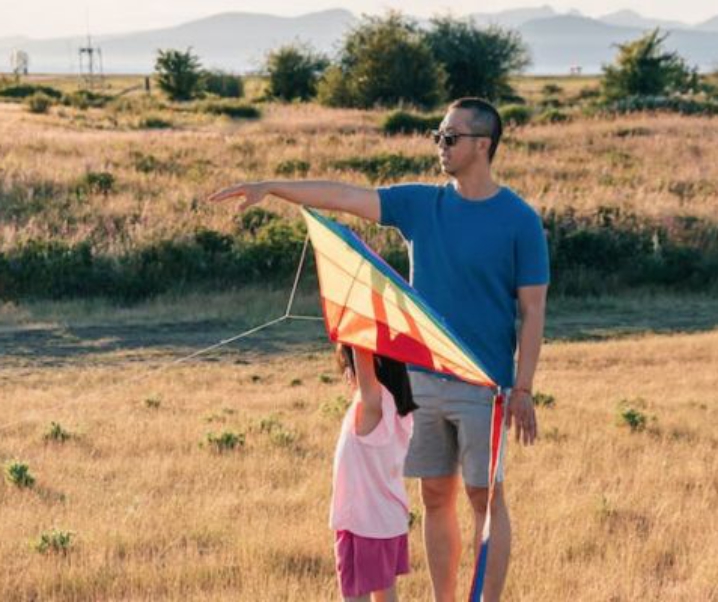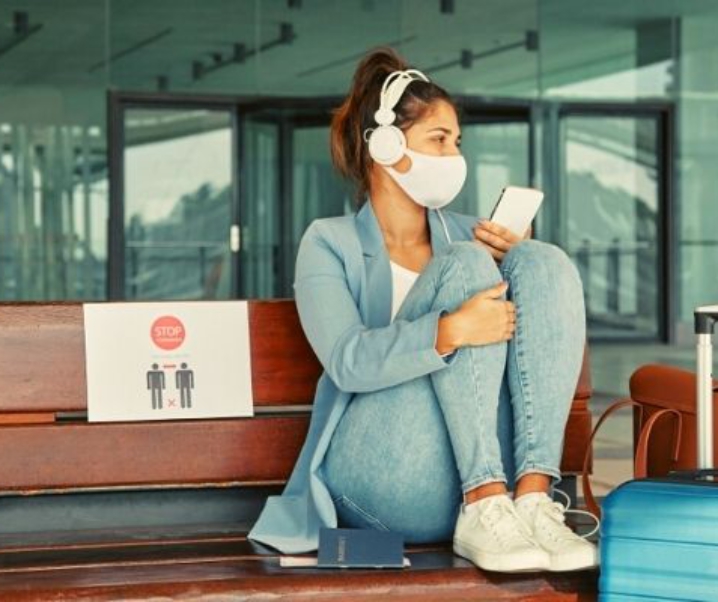Friendship is one of the most profound and enriching experiences we encounter in life. It goes beyond mere companionship; it shapes who we are, influences our choices, and adds depth to our existence. Friends are often our greatest supporters, hearing us out during tough times, offering advice when needed, and helping us navigate life’s challenges. This emotional support is crucial for mental well-being, allowing us to feel understood and valued. They fill our lives with joy, laughter, and a sense of belonging. Through their perspectives and feedback, we gain insights that help us better understand ourselves and the world. True friends accept us for who we are, flaws and all. This sense of unconditional acceptance fosters confidence and self-esteem. Friendship creates a sense of connection and belonging, combating feelings of loneliness and isolation. These bonds are built with those who bring joy into our lives and believe in trust and loyalty.
Long-distance friendships, while rewarding, present their own unique set of challenges. The greatest challenge lies in maintaining that bond when you are physically distant from your friends. Factors such as personal life changes, emotional distance, communication gaps, and technological limitations can make this experience difficult:
Distance means so little, when someone means so much. -Tom McNeal
– As life priorities shift, it can be hard to maintain the same level of commitment to a long-distance friendship. Forming new local friendships may lead to feelings of neglect or guilt towards distant friends.
– Feelings of loneliness can sometimes challenge long-distance friendships. Not being physically present for important life events can be emotionally taxing, and seeing your friend’s in-person interactions with others may lead to feelings of isolation and disconnection.
– Physical distance can hinder the ability to bond over shared experiences, and misunderstandings may arise when nuances in tone and body language are lost. Time zone differences can also make real-time communication difficult.
– Over-reliance on technology may sometimes feel impersonal and less satisfying than face-to-face interactions. Technical issues, such as internet connectivity problems, can further disrupt communication.

Despite these obstacles, long-distance friendships can be incredibly rewarding. With open communication, effort, and a strong foundation, it’s possible to maintain deep and meaningful connections, even across great distances. Few Tips to strengthen your friendships:
1. Prioritize Communication with Meaningful Intent
In long-distance friendships, communication is key. But it’s not just about the frequency—it’s about the quality and intention behind it. Instead of quick, surface-level messages, create opportunities for deeper, meaningful conversations. Set aside time for regular catch-ups where you can fully focus on each other.
A conscious lifestyle encourages living mindfully, and this can be applied to relationships too. Approach each conversation with attentiveness and presence. Ask thoughtful questions that go beyond “How are you?” to make the other person feel heard and valued. For example, ask about a challenge they mentioned last week or dive into their thoughts on a recent experience.
2. Embrace Technology, but Balance It with Thoughtfulness
The digital age has provided us with countless ways to stay connected—video calls, voice messages, texting, and social media. While these tools can be incredibly helpful, they can also make us fall into the trap of shallow, constant communication without real depth.
Use technology mindfully. Instead of sending dozens of short messages throughout the day, plan virtual hangouts or meaningful video calls. Share moments of your day by sending voice messages or recording a short video, allowing your friend to hear your voice and see your expressions. The personal touch goes a long way in strengthening emotional bonds.
3. Create Shared Experiences Despite the Distance
One of the best ways to keep friendships alive is by creating shared experiences. These can be anything from reading the same book, watching the same TV series, or even taking up an online course together. By engaging in a shared activity, you’re fostering connection even if you’re physically apart.
For example, suggest reading a book together and discussing it over a virtual coffee. The act of engaging in the same material opens up new areas of conversation and keeps your friendship dynamic. Virtual movie nights, where you watch the same movie and chat while doing so, can also bring back that feeling of togetherness.

4. Practice Conscious Gifting
In line with the TIWIW philosophy, conscious gifting can be a powerful way to show your friend you’re thinking of them. The act of gifting doesn’t need to be materialistic—it’s about thoughtfulness and connection.
Use conscious gifting app like TIWIW to create and share gifts that align with your friend’s lifestyle and preferences. You can also send handwritten letters or postcards, which bring a personal and nostalgic touch to long-distance relationships. These small gestures serve as physical reminders of your connection and effort to stay present in each other’s lives.
5. Be Understanding of Life’s Transitions
As time passes, life will continue to change for both you and your friend. New jobs, relationships, family dynamics, or personal growth journeys may shape how much time you can dedicate to your friendship. Practicing mindfulness and understanding during these transitions is crucial.
A conscious approach involves being open and communicative about your changing needs and respecting each other’s boundaries. Don’t take it personally if a friend becomes busy for a while—acknowledge that both of you are evolving, and sometimes friendships will ebb and flow. What matters is the intention to stay connected and support each other, even if life gets hectic.
6. Plan Visits When Possible
While technology helps bridge the gap, there’s nothing quite like face-to-face interactions. Whenever feasible, plan visits to see each other. Even a short trip can strengthen your bond and create lasting memories.
Make these visits meaningful by consciously planning activities that both of you enjoy. Focus on quality time together rather than trying to pack in too much. The key is to reconnect and deepen your friendship during these moments.
7. Practice Active Listening and Empathy
A huge part of maintaining any friendship, especially long-distance, is being a good listener. When you can’t be physically present, offering emotional support becomes even more important. Practice active listening during your conversations. This means giving your full attention, validating your friend’s feelings, and responding with empathy.
For example, if your friend is going through a tough time, ask how you can support them. Whether it’s being a sounding board or offering advice, let them know you’re there. By consciously listening and offering thoughtful responses, you can maintain emotional closeness even across the miles.

8. Create Rituals and Traditions
Another way to stay connected with long-distance friends is by creating your own traditions. This can be as simple as a monthly virtual game night, an annual meetup, or a shared holiday tradition. These rituals give you both something to look forward to and maintain a sense of consistency in your friendship.
For instance, you can celebrate birthdays virtually with surprise parties or video calls, where everyone sends in a memory or heartfelt message. The effort to maintain traditions, despite the distance, reinforces your commitment to the friendship.
9. Manage Expectations and Let Go of Perfection
Lastly, it’s essential to manage your expectations around long-distance friendships. Not every interaction will be perfect, and that’s okay. Life gets busy, and sometimes, you or your friend may not have the energy for regular calls or long texts. The key is to let go of the idea that your friendship needs to look a certain way.
What matters most is the effort and intention you both put into the relationship. A long-distance friendship can thrive with flexibility, understanding, and the belief that the bond between you will evolve, but never fade.
Maintaining a long-distance friendship requires effort, but it also brings a unique opportunity to deepen the emotional connection between friends. By prioritizing meaningful communication, engaging in shared activities, and practicing conscious gifting, you can keep the bond strong even when miles separate you. Just like in any relationship, mutual respect, understanding, and mindfulness will help your friendship flourish.
Distance doesn’t have to weaken friendships—in fact, with conscious effort, it can make them even stronger.



















What do you think?